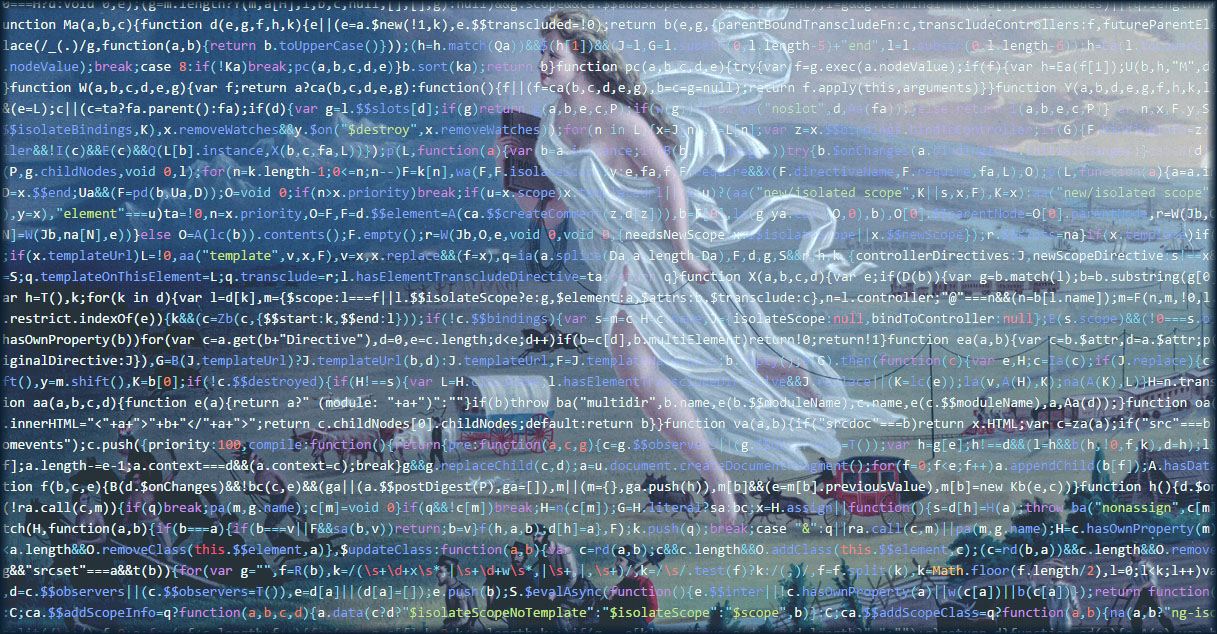Hacking History: Introduction to Digital Humanities
Digital Workbook for HIS4936 @ University of South Florida
Instructor: David J. Thomas, thePortus.com
Textbook: Graham, Shawn, Ian Milligan, and Scott Weingart. Exploring Big Historical Data: The Historian's Macroscope, London: Imperial College Press, 2016.

American Progress, 1872 painting by John Gast overlaid with JavaScript from AngularJS
Learn to do research digitally, employing technology to pose questions previously unthinkable. Construct data-driven arguments visually, build tools, and create spaces for discussion. This course is an introduction to the emerging field of Digital Humanities, where scholars and students of the social sciences and humanities meet the world of computing. Assuming no extensive prior knowledge of technology, we will learn how to use tools enhance your arguments, find new forms of sources and multiply your productivity.
Make a dynamic map of New York City, displaying the evolving ethnic composition of its neighborhoods over the last century. Scan a diary, convert it to computer-readable text and use the results to map the changing topics and word choices of a historical source over a period of decades. Use network analysis tools to make an interactive social map of the individuals involved in national labor disputes. These are just a few examples of the results possible entirely with free online tools and sources.
Beyond new techniques, students will first encounter some of the major scholarly issues of the field. We will explore the limitations and dangers digital methods, asking: to what extent can data be objective? Students will create one individual digital project, and one as a class.